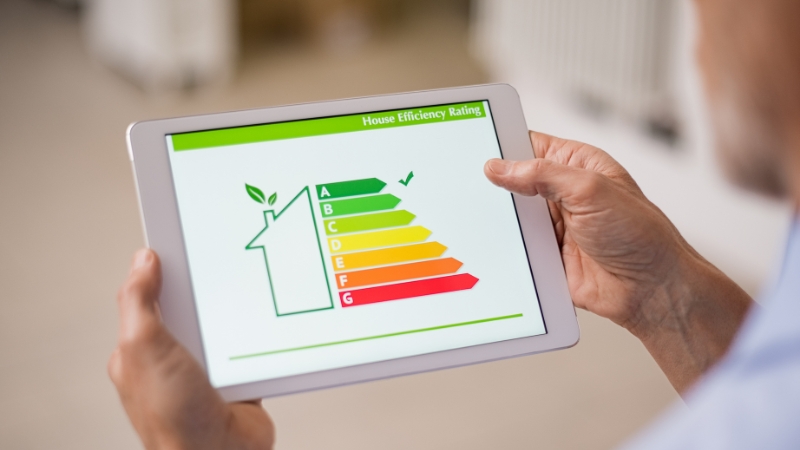Price growth in the UK property market continues to diminish, according to an analysis by Home.co.uk. All regions registered average home price declines this month, with the worst fall being in the South East (0.8%).
Whilst a seasonal dip is expected at this time of year, it is the year-on-year figures that indicate a growing malaise in the property market.
In December 2015, the annualised rate of increase in home prices was 8.0%; today the same measure is a mere 3.6% and the trend is clearly to the downside. Ahead of the curve is London, where year-on-year growth is negative for the first time in six years.
The same slowdown that hit London is rippling out to the South East and East of England. Supply of homes for sale has risen very rapidly in both regions and we expect that this will soon impact negatively on marketing times and later on prices. In fact, the Typical Time on Market is already creeping up in the South East and price growth has dropped to just 3.2% (cf. 10.6% in Dec 2015).
However, for the time being, the East of England is the UK’s best performing region. Prices rose rapidly throughout most of 2016 (up 10.6% over the course of the last twelve months), but this blistering pace appears unsustainable. Prices in the region have risen by over 42% during the last five years and there is significant evidence to suggest that we should expect a slowdown during the course of 2017.
Outside of London the worst performing regions are the North East (+0.5%) and Wales (+0.6%) (Dec 16 vs. Dec 15). A meaningful recovery in the North East is conspicuous by its absence. Prices there have increased by only 1.8% over the last five years, considerably behind the official inflation rate figures.
Overall, the current mix-adjusted average asking price for England and Wales is now 3.4% higher than it was in December 2015, and we expect that this figure will continue to trend downwards during 2017.




